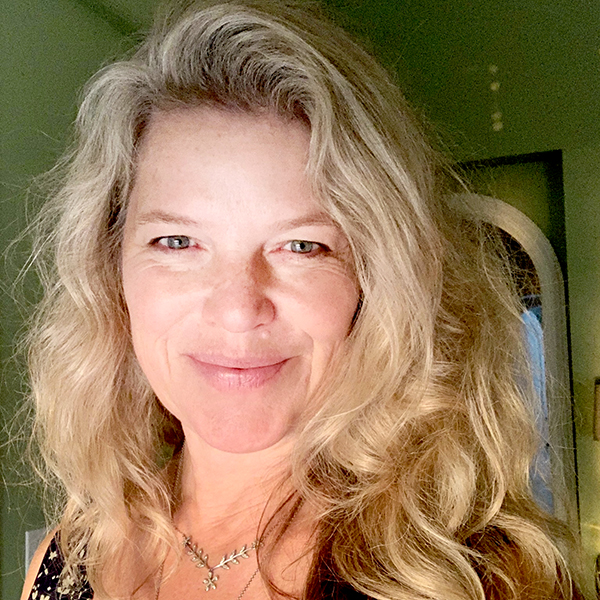Organizer Information

Tula Telfair is a painter whose work explores wilderness in the form of recalled and imagined landscapes in order to acknowledge its inherent power and remarkable fragility, while exploring the capacity of memory to stabilize human experience. Her hyper-realistic landscapes are simultaneously political, awe-inspiring, and personal. Although vividly detailed, the scenes she depicts are conjured from memory and imagination alone and informed by her experiences growing up on four continents and specifically in the jungles that bordered the Ivindo River in Gabon on the equator in West Central Africa. The remote locations she paints are inspired by areas where change is rapidly occurring. By painting, she explores the subjectivity of perception and the power of memory to anchor our place in the world. In 2016, Abrams published a monograph on her work, Tula Telfair Invented Landscapes. Telfair is a professor of art in the Department of Art and Art History and a professor of environmental studies in the College of the Environment at Wesleyan University where she has taught since 1989 and served as academic dean of the arts and humanities and chair of the Department of Art and Art History in addition to receiving the Binswanger Prize for Excellence in Teaching. She received her BFA in 1984 from Moore College of Art and Design as a W. W. Smith Foundation Fellow and earned her MFA in 1986 from Syracuse University as a graduate fellow. Telfair has work in public collections around the world, and has shown extensively in over 54 one-person exhibitions in galleries, museums, and art fairs in the United States, Bangladesh, Portugal, Canada, Sri Lanka, France, and Germany. She is represented by Forum Gallery in New York City and Jerald Melberg Gallery in Charlotte.
“As I paint, I try to capture what it felt like moving through a location, recalling how the terrain shifted, how soft or hard it was under my feet, how the sun or wind felt coming into contact with my skin, and the smells and sounds I experienced navigating the area. These vivid yet visceral memories inform the technical decisions I make. Starting with a blank canvas, I work intuitively and the image changes countless times until the piece triggers a déjà vu experience. The surface of each painting is extremely varied and heavily layered. Some paintings conceal more than 10 different images below the final one. I use a multitude of painting techniques, picking and choosing where and when the paint will be smooth or rough or creamy or thick or thin in order to facilitate a corporeal reaction from the viewer. These works appear to be photographs from a distance, but as one approaches the landscape image dissolves into an abstract, physically varied and fully material surface that also becomes a site for investigation, serving as an archive of my actions and decisions and a record of my intellectual and emotional explorations.”
